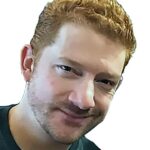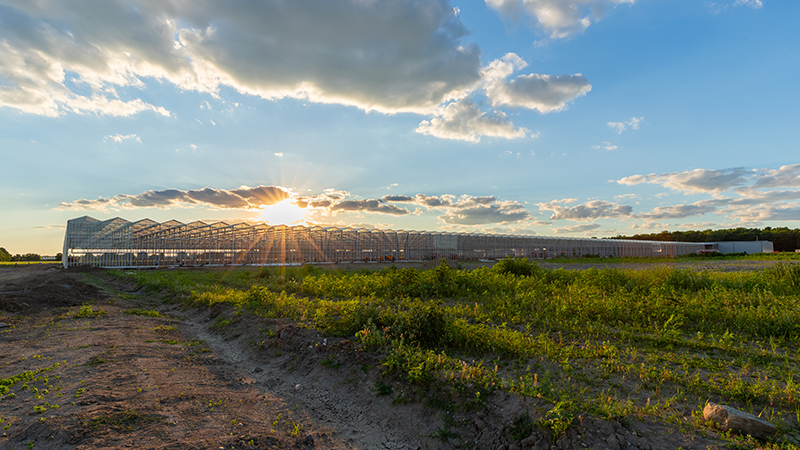The Importance of a Sequence of Operations in Greenhouse Automation
 Automating the growing environment is an important step towards optimizing production. In addition, by automating your facility with a robust control system, you can gain access to certain features and programs that, if used correctly, can bring the efficiency of your operation to new levels.
Automating the growing environment is an important step towards optimizing production. In addition, by automating your facility with a robust control system, you can gain access to certain features and programs that, if used correctly, can bring the efficiency of your operation to new levels.
Aiming to optimize our production and operation comes with the benefit of being efficient in the amount of natural and artificial resources used that affect your day-to-day growing. The sequence of operations is an important consideration towards achieving this goal.
The sequence of operations is a graphical and analytical overview of the energy flow for heating, ventilation, and other requirements of a grower’s control systems. It is defined as the sequence of all equipment fluidly connecting to achieve the goal of optimizing control of a customer’s facility.
A sequence of operations is used for two main reasons:
- To produce an optimal result.
- To produce a safe result.
Labeling and describing how to use various equipment is essential to a control system and to outline a sequence of operations and limit parameters within the system. Think of it as an orchestra trying to play a complicated piece of music. A sequence of operations can be thought of like a symphony, with a conductor (control system), instruments (equipment), and music produced (optimal sequence of operations).
- Conductor – The Control System; what makes the instruments sound well together
- Instruments – Equipment types
- Create Music – a sequence of operations that runs your facility as optimally as possible
A good conductor knows how to use each instrument to their best advantage and produce amazing music.
The sequence of operation could be very beneficial, but it is important to reference the equipment used and not used by the control system so it can be taken into account while preparing the sequence of operations. The various areas that an SOP should cover include heating, cooling, air circulation, lighting, etc. Furthermore, the equipment that should be considered includes (which should be controlled by the control system) unit heaters, valves, fans, shutters, pumps, dampers, curtains, sensors, and lights.
If there is no defined project scope, then the project ends up very open-ended and takes much longer to complete, since new information keeps coming up during the process with the automated control system.
Also, with the wide range of crops that growers are producing, a different environment is required depending on the crop type (for example strawberries vs. flowers, or tomatoes). If the environment is not correct, then adjustments need to be made.
It is very important to remember that your system is only as good as the equipment that is used. Fully automated and advanced control systems are great tools to optimize production and progress towards consistency in production, processes, and use of resources. In order to achieve this, it is important to understand all the programs available, and work together with your controls company to outline the best sequence of operations to achieve those optimal results desired.
Learn more in the video here.









